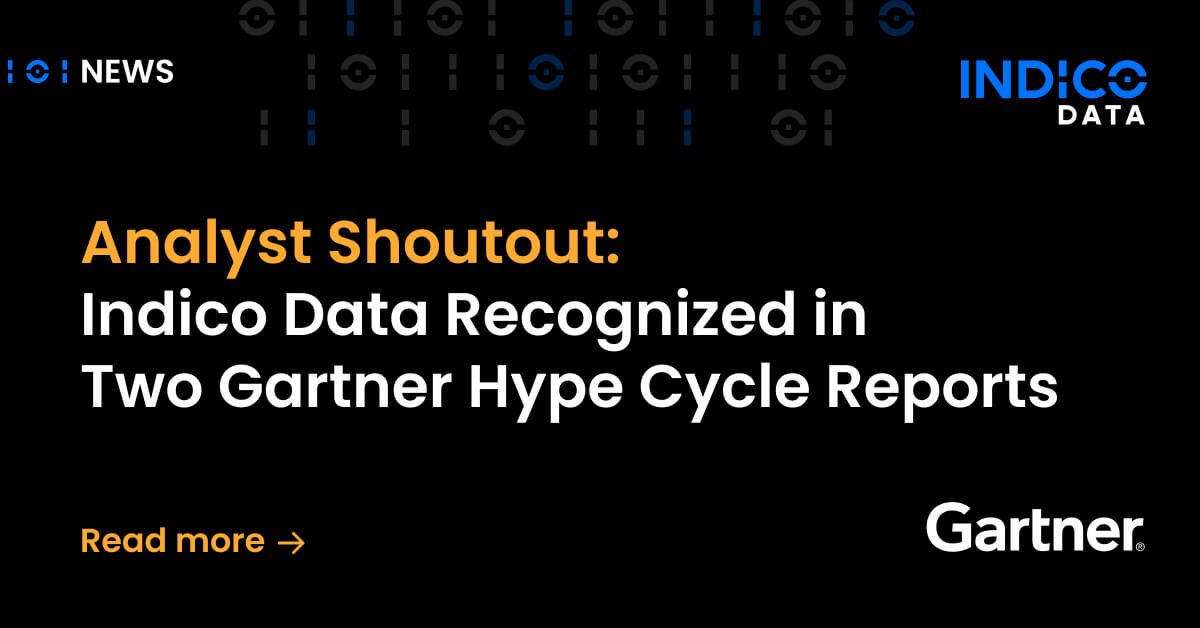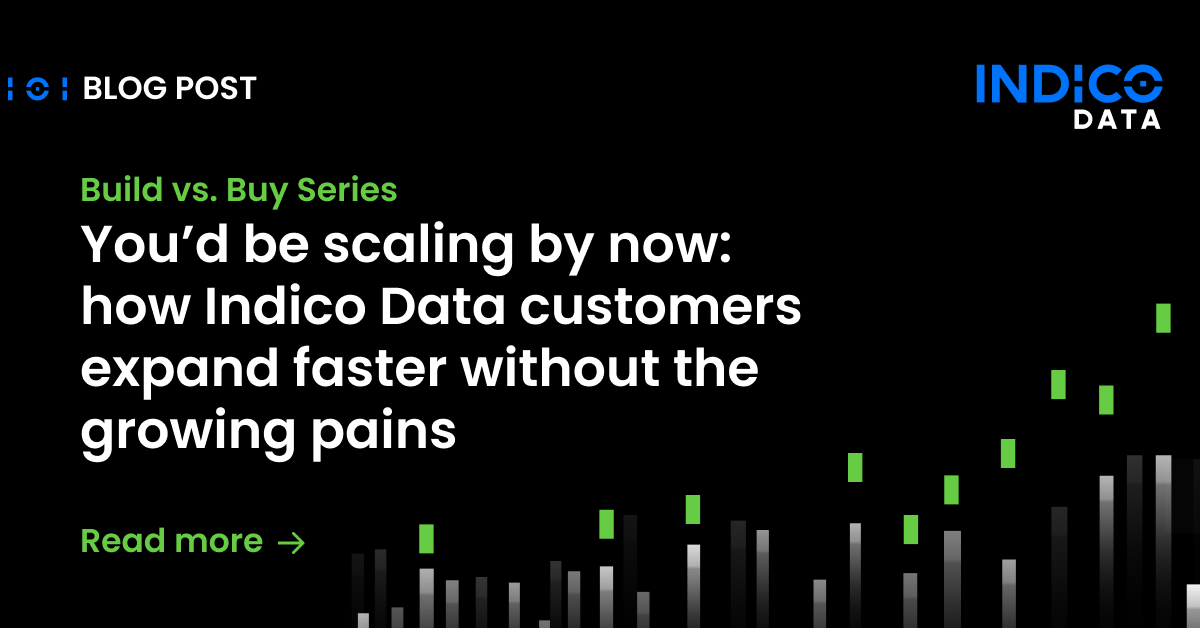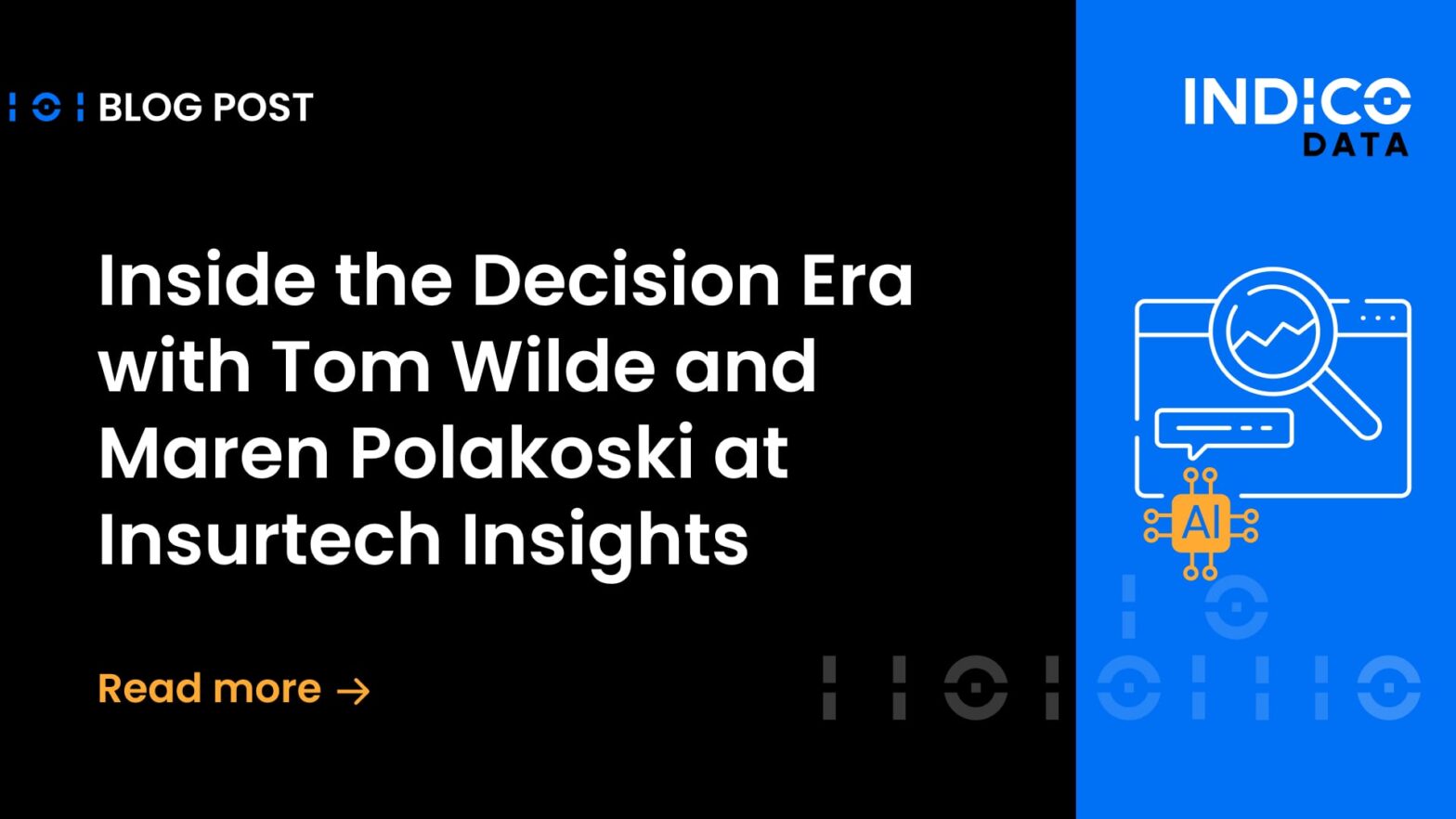Insurance companies inherently know that errors, whether in claims or underwriting processes, are bad for business. Less understood is how automating claims and underwriting processes can reduce errors, leading to potentially outsized business gains in terms of loss and combined ratios, and improved underwriting capacity.
It’s a potentially sticky issue because as insurers assess options for automating claims and underwriting processes, they naturally want to know how accurate automated processes are going to be. But they tend to have far less understanding of just how accurate their current, manual processes are.
Steven Weiss, President of Steven P Weiss Consulting LLC, has been involved in underwriting automation with companies including Munich Re, Roanoke Insurance Group Inc., Aspen Insurance Group, and Liberty International Underwriters. Asked whether insurance companies generally understand the error rate inherent in their manual processes, he replied: “Somebody might. I was never able to track it where I’ve been,” he said.
Related content: Unstructured Unlocked episode 8 with Steven Weiss
Common insurance process errors
Some of the common errors he’s seen are potentially costly, starting with extra or missing zeros. When underwriting a new policy, that could misstate the level of risk by an order of magnitude. And for claims, such a mistake may turn a $1 million claim into $10 million, Weiss noted. Yes, hopefully there’s a check in place to catch such an error, but not before it has cost time and money.
Another common error is a misspelling in an insured’s name. For underwriters, that could mean the name isn’t found in a database search when it should be, leaving the underwriter potentially unaware of relevant information. Whether in the client’s favor or not, it could result in lost business or greater risk exposure for the insurer.
Incorrect addresses are another issue, Weiss noted. On the claims side, that can be quite damaging. In addition to making an erroneous payment, a carrier could be fined for paying someone they are not supposed to legally pay, such as an individual or company that is subject to sanctions by one or more governmental organizations.
Related content: How to eliminate manual processes in insurance claims and underwriting
Intelligent intake for insurance
Technology such as intelligent intake uses artificial intelligence technology to help speed up the processing of documents involved in claims, underwriting, and insurance policy servicing. AI large language models enable insurance companies to create models that automate the process of reading documents involved in claims, underwriting, and servicing.
It takes only about 200 documents to train a model on the key data to look for, which can then be fed to claims processing platforms, underwriting workbenches, or the like. The use of human-in-the-loop technology, included in some intelligent intake platforms (including Indico Data’s), enable your associates to correct or verify the model’s decisions, increasing their accuracy over time.
And that is the key here – accuracy. While you shouldn’t believe any automation vendor that promises 100% accuracy, chances are high that the accuracy rate of a good automation tool will be better than that of your associates doing the same work manually. Computers, after all, don’t get tired, causing them to add or leave off a zero, or make erroneous keystrokes.
Related content: Unlocking success in intelligent intake: Strategies, opportunities, and metrics
Benefits of automation in insurance
Automated document processing translates into real business gains in a number of ways, including the following five.
- Consistent data accuracy: The first step in building an AI model to automate a process is (or should be) to define exactly how the process works. That alone will be a significant step forward, as you will likely find different associates have been performing the same process in varying ways. An AI automation model will perform the same way all the time, bringing consistency to the data collection process. It also reduces the chance of manual errors, such as in data entry.
Additionally, insurers can opt to employ AI algorithms to cross-verify data against in-house or third-party databases and rules to ensure accuracy for both claims and underwriting. Algorithms can also monitor for any data anomalies and errors, and alert associates to potential issues early enough to address them.
- Rapid claims processing: Rapid claims processing is one of the greatest contributors to overall customer satisfaction. Intelligent intake models can help automate claims processing while minimizing potential errors – such as missing zeros. By converting unstructured claims data to a structured format, intelligent intake also makes it easier to integrate with external databases and internal claims processing systems, helping to speed claim settlements.
- Faster, more accurate underwriting: Similarly, once underwriting data is in a consistent, structured format, insurers can apply AI algorithms to analyze application data in conjunction with third-party data sources. Such solutions can consider numerous risk variables at once and employ predictive analytics to forecast potential risks. It adds up to a more accurate risk assessment vs. manual methods while also helping to speed up underwriting decisions.
- Fraud detection: With their ability to quickly analyze enormous amounts of data, AI increases accuracy by identifying suspicious patterns and anomalies that help carriers detect fraud in claims. The same goes for underwriting, with AI tools that can more quickly examine background documents – health records, address changes, and the like – that may shed light on potential fraudulent activity and reduce losses.
- Regulatory compliance: Insurance companies are subject to an array of regulations that vary state to state, never mind by country. Similarly, as Weiss mentioned, there’s the issue of avoiding clients who are under sanctions by a governmental entity.
Automated tools can help insurers keep up with this ever-changing landscape, to ensure all client documentation is accurate and in compliance.
Learn more about how intelligent intake and insurance process automation can help your firm avoid errors and improve the bottom line. Sign up for a free demo of the Indico Unstructured Data Platform or contact us with any questions.


